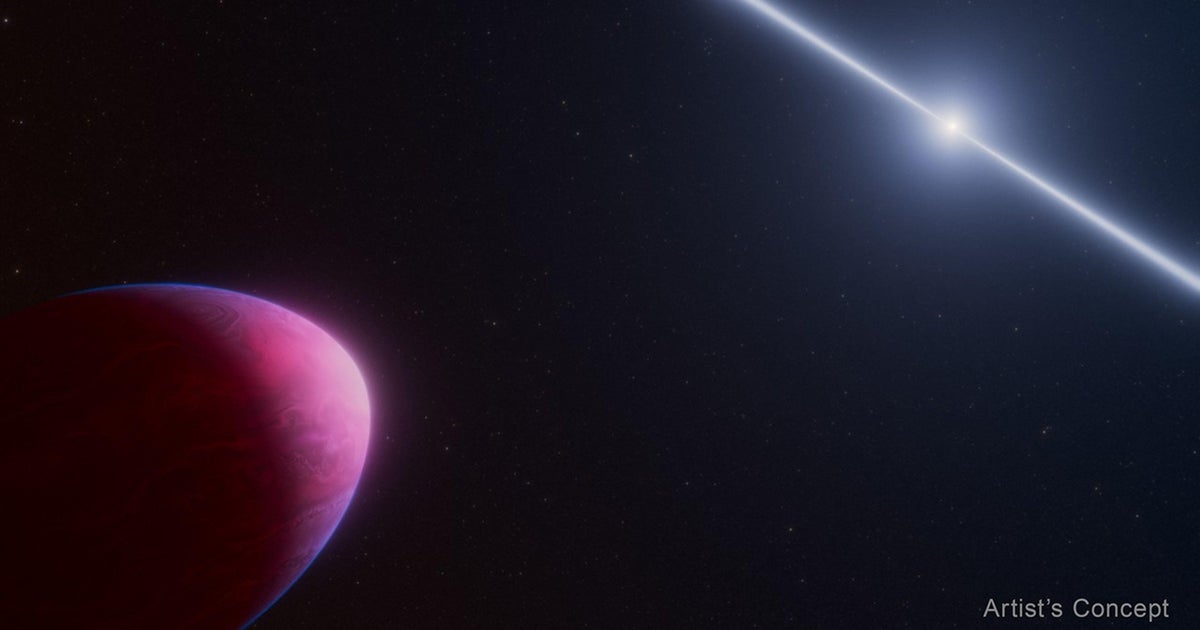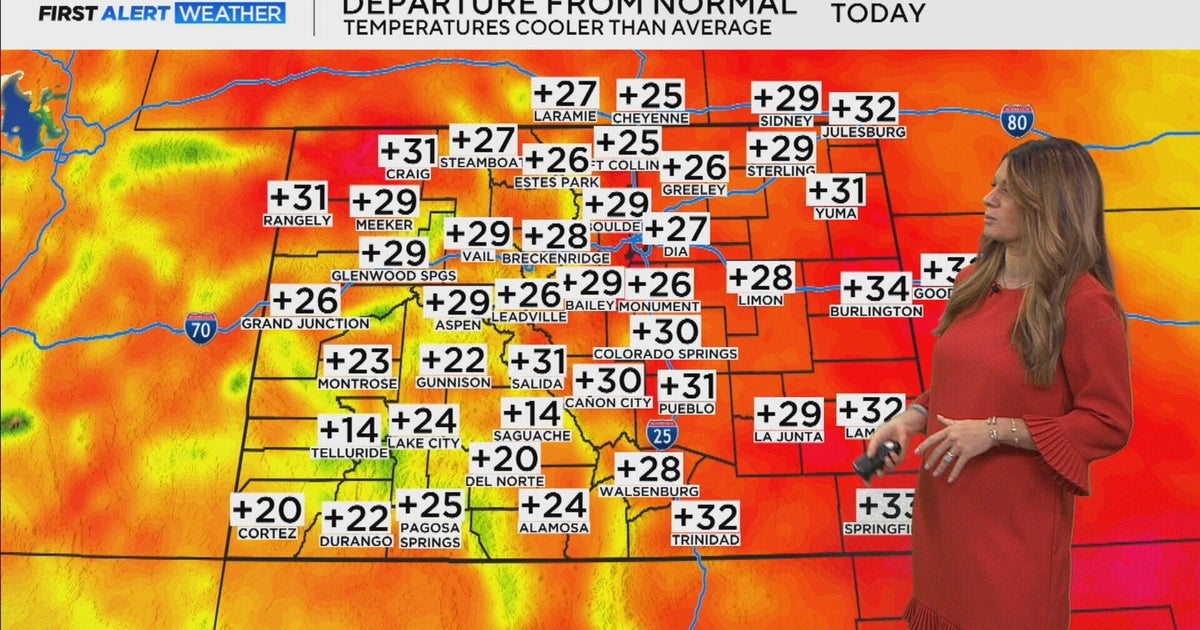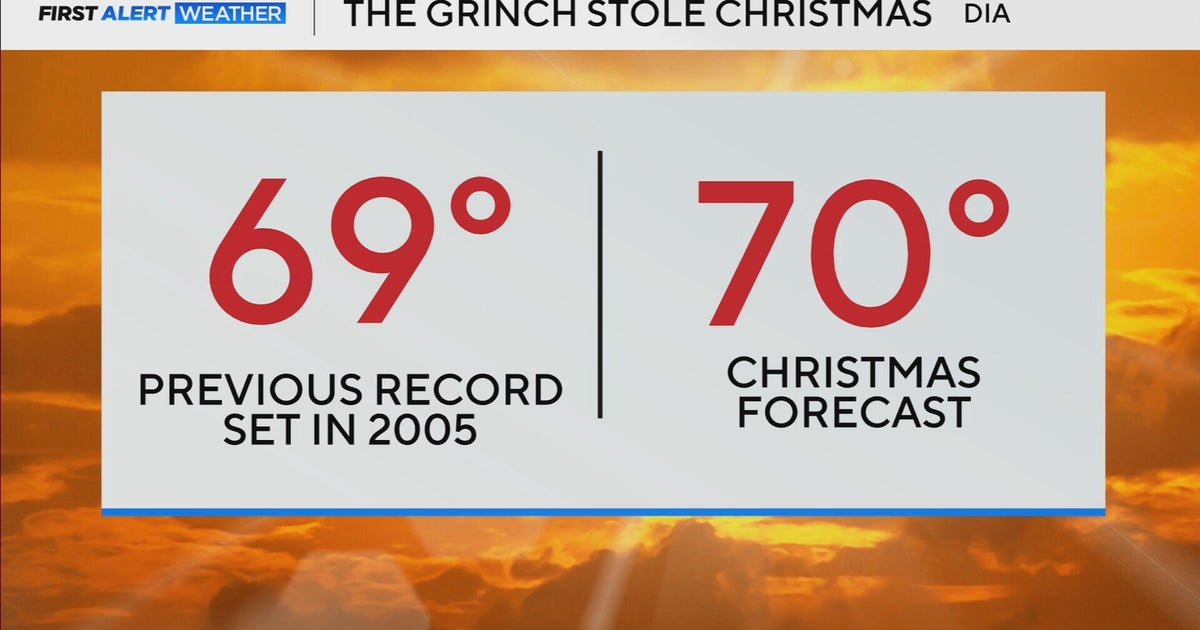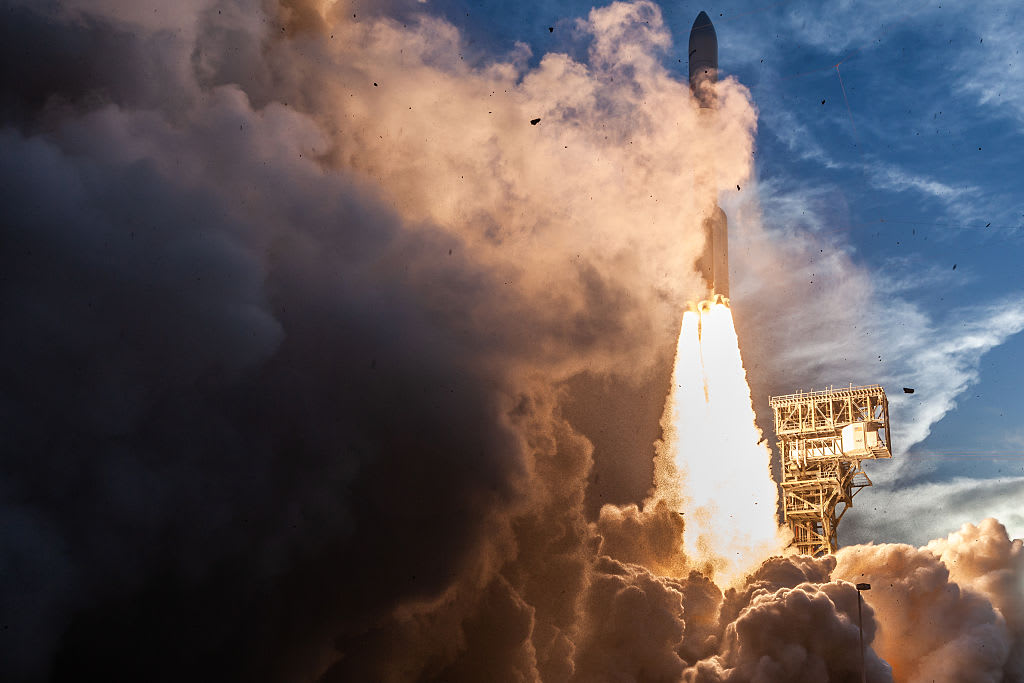Skyscraper-sized asteroid and 4 others speed past Earth on the same day
Four large asteroids will make their closest approaches to Earth on Thursday, each passing by the planet within a 24-hour time frame.
Two had already zipped past early in the morning, according to NASA's Jet Propulsion Laboratory. But the remaining celestial objects on track to follow suit were set to make their appearances — albeit not literally, at least from the viewpoints of skywatchers on the ground — later on in the day. Although Thursday's routes do mark the closest recorded Earth approaches to date for these asteroids, their paths are still quite far away, too distant for any human to spot one of them zooming through space overhead.
NASA scientists flag locations along these objects paths as close approaches when they are slated to arrive at points within 4.6 million miles from the Earth's surface, which equates to roughly 19.5 times the distance between the moon and the planet, reads a description on the agency's asteroid watch dashboard. The average distance from the surface of the planet to its satellite is 239,000 miles although the exact length varies at different points in the moon's orbit.
When an asteroid is larger than about 150 meters, or about 490 feet, across and skims past Earth within this area deemed close range, scientists consider it a "potentially hazardous object." That's about the size of a building, and one of the asteroids passing Earth Thursday exceeds that size threshold. The asteroid, named 2002 NV16 after the year it was discovered, measures about 177 meters or 580 feet across — around the same height as a 50-story skyscraper.
The skyscraper-sized rock will travel by the planet from a point 2.8 million miles away, NASA said. A diagram shows its orbit around Earth, the sun and several other planets nearer the sun in the Solar System.
NASA tracks close approaches and calculates the odds of those space rocks — including asteroids, meteors and meteorites — impacting Earth.
"The majority of near-Earth objects have orbits that don't bring them very close to Earth, and therefore pose no risk of impact, but a small fraction of them – called potentially hazardous asteroids – require more attention," according to the website of the Jet Propulsion Laboratory, which manages the center dedicated to studying near-Earth objects for NASA.
All three of the other large asteroids that have passed or will pass Earth on Thursday are considerably smaller than 2002 NV16. Their sizes range from 23 to 52 meters, or 76 to 176 feet, which NASA classifies as generally similar to the size of an airplane. The most miniature among them makes its closest approach to Earth relative to the rest, at about 1.5 million miles from the surface.
A fifth asteroid will also move past Earth on Thursday, but it's much smaller. At just 16 feet across, that one is about the size of a typical SUV. Its closest approach will happen 184,000 miles from the planet.






